Supercharge Your Next Evaluation with Strategic Evaluation Planning!
Life is full of contradictions. Like, how can ice cream be so tasty but also often be so unhealthy? Huh? The same can be true of evaluation. For example, the demand for program evaluation is rising, with more money than ever being allocated for evaluation in both the federal government (1) and philanthropic foundations (2). BUT (*cue contradiction*), much of the program evaluation work currently being conducted in organizations, whether in the philanthropic, nonprofit, for-profit, or public sector, goes unused (3) and is perceived as contributing little value to organizational decision-makers.
Some (4) speculate that this contradiction may have to do with how evaluation is often conducted; reactively and haphazardly, without alignment. UGHHH. Luckily, as an interdisciplinary field, evaluation is well-posed to adopt a thing or two from adjacent fields, such as business management and public administration.
Strategic Planning
(*Strategic planning enters the chat*)
According to an annual survey by Bain and Company, strategic planning has remained one of the most popular techniques used in leading private sector companies worldwide for the last 50 years (5). Strategic planning, the formalized, periodic process for creating a structured approach to future decision-making (6), has also become a prominent practice in the public sector (7). And rightfully so! Strategic planning is positively associated with organizational learning (8), alignment (9), communication (10), and goal attainment (11).
Strategic Planning in Evaluation Contexts
You might be wondering: “So, why aren’t evaluators and organizations using this practice to ensure evaluation becomes more effective and useful?” (We are so glad you asked!)
The good news is that some folks are! Recent research (by our very own Kathleen Doll) studied incidences of strategic planning of evaluation (12). Through a review of philanthropies, nonprofits, and government agencies that have used strategic planning practices for their evaluations (such as “learning agendas”) the following definition of “strategic evaluation initiatives” was created.
“A comprehensive planning process that guides and coordinates how evaluations are prioritized and sequenced across the many projects/programs/initiatives within an organization, over a determined period (e.g., 5 years).”
Typically this process consists of about six-steps (see figure 1).
Organizations that engage in this type of evaluation planning process report increases in individuals' evaluative thinking ability, understanding of evaluation, perceived value of evaluation, and use of evaluation. #goals
Supercharging Your Next Evaluation
So next time you contract an evaluation or conduct one, here are some important questions to ask to get your strategic evaluation juices flowing (13):
What is the role of this evaluation in achieving the organization's overall purpose?
How will this evaluation help tell the story of this specific program/initiative?
Why is evaluation of this program/initiative being prioritized over other programs? What criteria have informed this prioritization?
How will this evaluation expand upon past evaluation efforts?
How does this evaluation align or inform other current or future evaluation efforts within the organization?
How will we communicate the findings of this evaluation? Who is the main audience?
How will we ensure this evaluation leads to learning across the organization?
If you want to learn more about building a strategic evaluation plan for your organization, LET’S CONNECT! Strategic evaluation planning is just one service the I2I team is proud to offer, taking you from intention 2 impact!
FOOTNOTES:
Lemire, Fierro, Kinarsky, Fujita-Conrads, & Christie, 2018
Kinarsky, 2018
Preskill & Mack, 2013
Preskill and Mack, 2013
Rigby, 2003
Wolfe and Floyd, 2017
Bryson, Edwards, & Van Slyke, 2018
Schaffer & Willauer, 2003
Ketokivi & Castañer (2004)
Spee & Jarzabkowski (2011)
Frentzel, Bryson, & Crosby (2000)
Doll (2020)
Inspired by Learning and Growing Through Evaluation (CDC, 2015)





